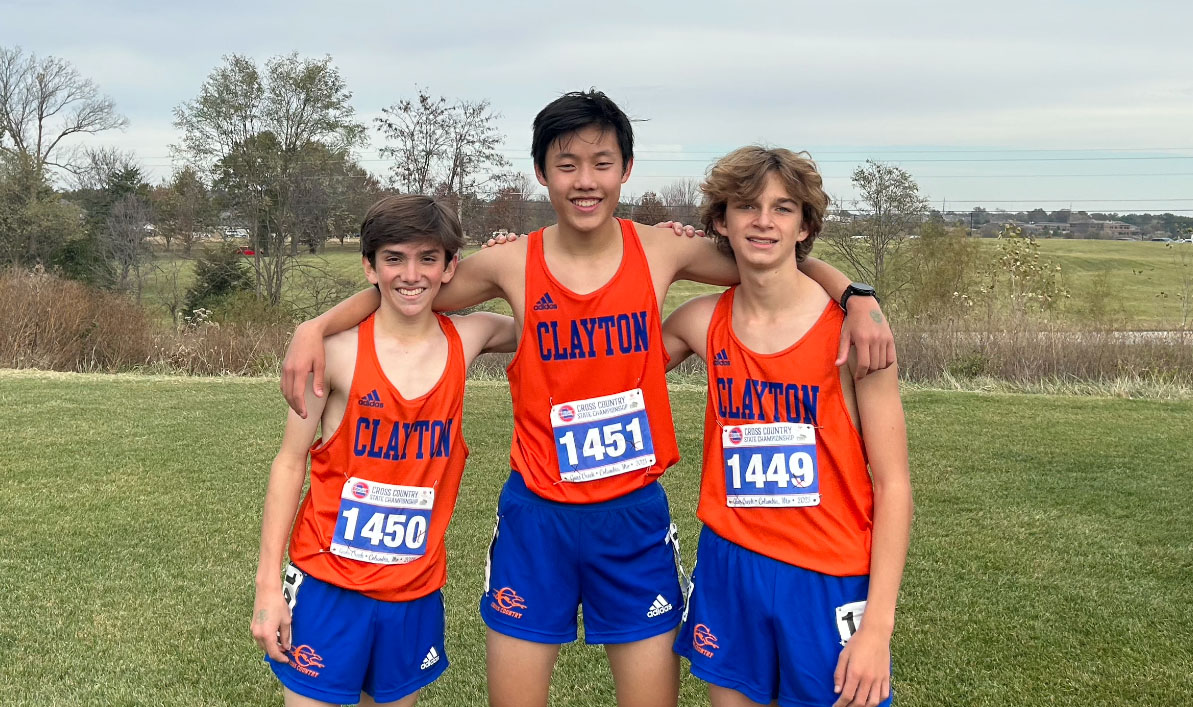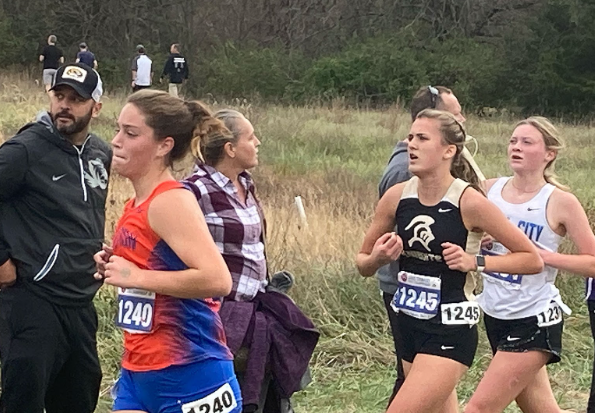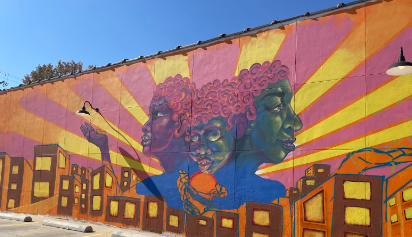The United States has often been called “a nation of immigrants,” and Clayton is no exception. The people of Clayton, Mo. can trace their origins to countries worldwide— from Europe to Asia to Africa to the Americas. One such country is the eastern European country of Poland, whose descendants have formed a thriving community in St. Louis, including multiple students at Clayton High School.
Polish-American Heritage Month was first conceived by Michael Blichasz, president of the Philadelphia Polish-American Cultural Center, in 1981. Three years later, it was formalized into a national celebration by Congress. It was initially celebrated in August but was switched to October in 1986 to both commemorate the anniversary of the arrival of the first Polish immigrants to Jamestown in 1608 and to allow schools to celebrate. While it then became a tradition for Presidents to commemorate Polish-American Heritage Month with official messages, none of the last three Presidents have done so. Polish-American Heritage Month exists to spotlight the contributions to America of Polish immigrants and their descendants and to celebrate Polish-American culture as a whole. In St. Louis, a city that has had Polish residents for almost 200 years, Polish-American heritage can be seen and celebrated everywhere. While the St. Louis Polish-American community today predominantly follows the Catholic faith, the initial Polish immigrants who arrived in the 1830s were of Jewish descent and settled downtown. Catholic Polish immigrants began arriving 30 years later and established themselves in north St. Louis. Subsequently, in the 1950s, 1960s, and 1980s, more Poles migrated to St. Louis, with the majority being Catholics. However, urban renewal in the 1960s displaced many Polish families in the north city. They scattered to the suburbs, leaving the community fragmented. This fragmentation, however, allowed them to establish churches across the city.
A member of one of these churches is Jim Nowogrocki, a Polish-American resident of St. Louis.
“Poles are very religious people. Poland is maybe 80–90% Roman Catholic; that’s a big part of it, so a lot of Polish communities are formed around a church,” Nowogrocki said.
Today, two Polish churches serve as focal points for the Polish community in St. Louis: St. Agatha in the southeast and St. Stanislaus in the north. While both adhere to Catholicism, St. Stanislaus lost its official Catholic parish status in 2013 due to a financial dispute. A third church, St. Hedwig, ceased to operate in 2005, but its building remains.
“The church was the central gathering place for Poles because most of the churches had a recreational hall attached to it, so you would have wedding receptions and baptism receptions. [. . .] So that was a central place for the community and for the Poles to eat, drink and go to church, basically,” Nowogrocki said.
Today, there is no Polish neighborhood in St. Louis akin to the Hill, but this does not mean that our Polish population does not celebrate its heritage. Annually, the St. Louis chapter of the Polish Falcons holds a festival in autumn to celebrate Polish-American heritage. The most recent festival was held in Florissant on Aug. 26 to celebrate the St. Louis Falcons’ 47th anniversary. The festival used to be held at the Falcons’ physical headquarters but now moves location from year to year.
“The Falcons used to have a Polish festival every year at the facility at 20th and St. Louis Avenue, Friday and Saturday. They’d bring in a polka band. Right now, that part of the neighborhood is pretty economically depressed. But for one weekend every year, it just turned into this big ol’ party of music and beer and games and families and food,” Nowogrocki said.
Carol Payton, a Polish-American resident of St. Louis and the grandmother of CHS students Nicholas and Ezri Perrin, also spoke about the festivals.
“They had Polish music and Polish food. Someone even went to Poland and brought back beautiful Polish boxes and plates, and they would sell them to people who attended the festival,” she said.
Food, specifically, is very important in Polish culture. Kielbasi, pierogies, and sauerkraut are served during the holidays. According to Payton, Kielbasa is often served as “Polish sausage” around St. Louis, with Piekutowski’s serving the best.
“Meals without meat are the Polish tradition. We have different traditional dishes like tatar, bigos and the best żurek,” Kacper Zielinski, CHS student and Polish immigrant, said.
Polish festivals in St. Louis often serve Polish food as a central part of the festivities; the food is sometimes the main draw.
“When you would come to these festivals . . . all of the women of the Falcons would get together and make the food; it was all homemade food. People would come from miles around to get a Polish meal,” Nowogrocki said.
These festivals hold significance for the Polish-American community of St. Louis, providing opportunities for cultural engagement, historical exploration, culinary experiences, and social interaction in the absence of a Polish neighborhood. According to Nowogrocki, they play a pivotal role in fostering family togetherness and upholding traditions.
“You’d see people of all generations [at the festivals]: grandparents, parents, their children, and their children’s children, so it ran the gamut from age 2 to age 80. And I think that was always very notable, just to have that family reunion, family traditions, people coming together at a single place,” he said.
All cultures must be passed down from generation to generation to survive. But cultural preservation presents a challenge for the Polish-American community in St. Louis due to language loss, assimilation and limited exposure to their cultural roots. This dilemma arises from historical decisions made by immigrants who aimed to help their children assimilate into mainstream American society for a better life.
“My mom spoke Polish, and so did my dad, but unfortunately, they never taught me and my siblings how to speak Polish. And that, I think, is a sad situation because the culture, the language, the history and all that is not passed on by some families to their children,” Carol Payton, Polish-American Clayton resident said.
Traditions can still be passed down to new generations and celebrated, even without a culturally rich upbringing. The festivals are one vector by which this can be accomplished; they allow Polish-Americans of all ages to enjoy Polish culture as a community, absorbing the traditions to pass on later. The passing down of one’s culture is the gateway to heritage, which Polish-American Heritage Month is meant to celebrate.
“The things that my grandfather and mother were doing with me when I was a young boy of 8 or 10 years old, I’m doing now with my children, and I’ll do them with my grandchildren as well,” Nowogrocki said.
The Polish-American community of St. Louis has a rich history and culture that has endured for almost two centuries, and will likely continue to endure into the future.
“I think it’s just very nice that Polish people gather and celebrate here; it’s a very strong tradition, and I think that’s very heartwarming, that there is tradition, and that it’s gone on for many, many years.” Nowogrocki said.








